Watching Zack Snyder’s ‘Army of the Dead’ can be intimidating yet intriguing, and not because of the zombies. Everything is blurred and out of focus, and instead of sharp clean images, you’re getting creamy and soft imagery, just like a dream. You can love it, or hate it. But for sure, this movie can be defined as a brave cinematography experiment, and an approach to be adopted by passionate filmmakers.
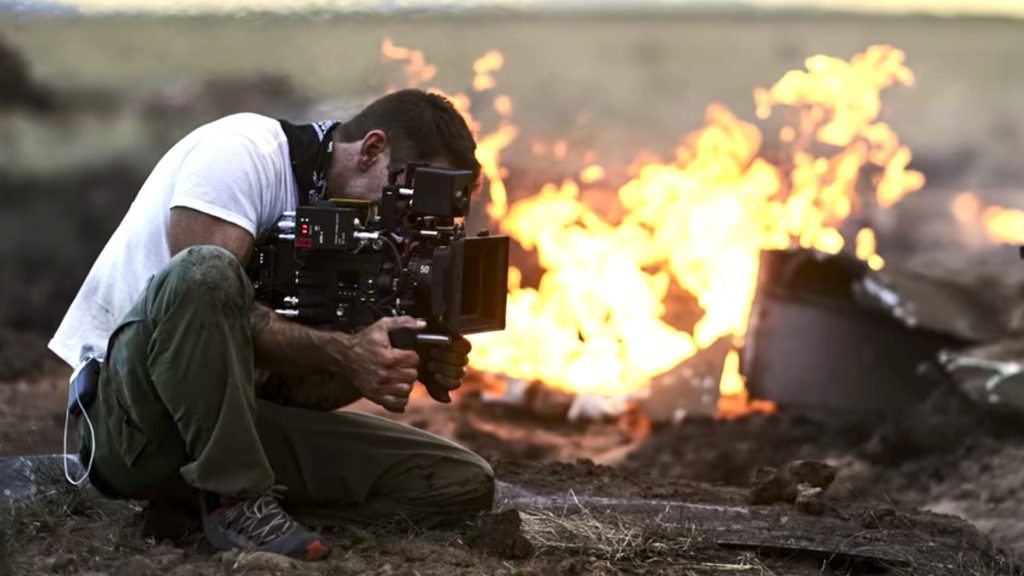
Zack went all the way with that new digital toy stitched to him by RED Digital Cinema…He wanted to break the boundaries of conventional cinematography, by knowing that not all viewers will like it.
A dreamy movie
This title may be a bit misleading, since ‘Army of the Dead’ (aka Army) is a fast-paced action horror film. The definition of ‘dreamy movie’ refers to the imagery, look and feel, derived from its cinematography. Army was directed by Zack Snyder, which was also the cinematographer. Zack wanted to go all the way with his cinematographic agenda, shooting Army on an old and very fast Canon lens, which is an especially made and rehoused Rangefinder (the Dream lens).
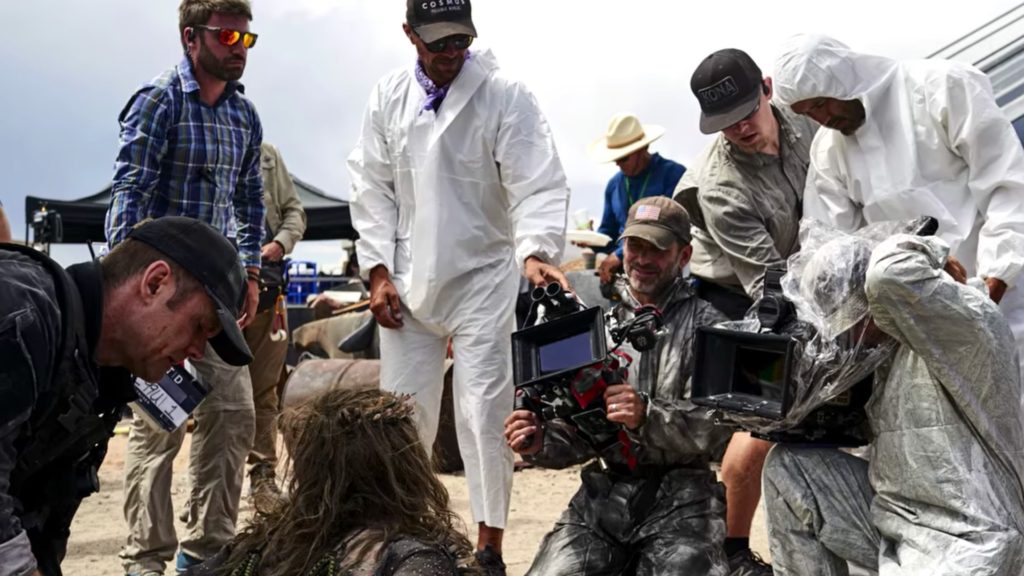
All f0.95
Furthermore, Zack has decided to shoot wide open, which means that the entire Army was shot on the widest aperture (f0.95). That caused some decent challenges, especially when shooing fast action and handheld. “I just feel that it’s a rude thing to ask for a cinematographer…and then if it was a complete fuck-up then it would be my fault and I’m fine with that” Snyder described his feeling regarding his own decision to shoot the whole movie in f0.95. Personally, I’m not familiar with any action movie that was shot entirely wide-open. This strategic truly elevates the challenges and the chances for mistakes. But is it worth it? Read my answer below.
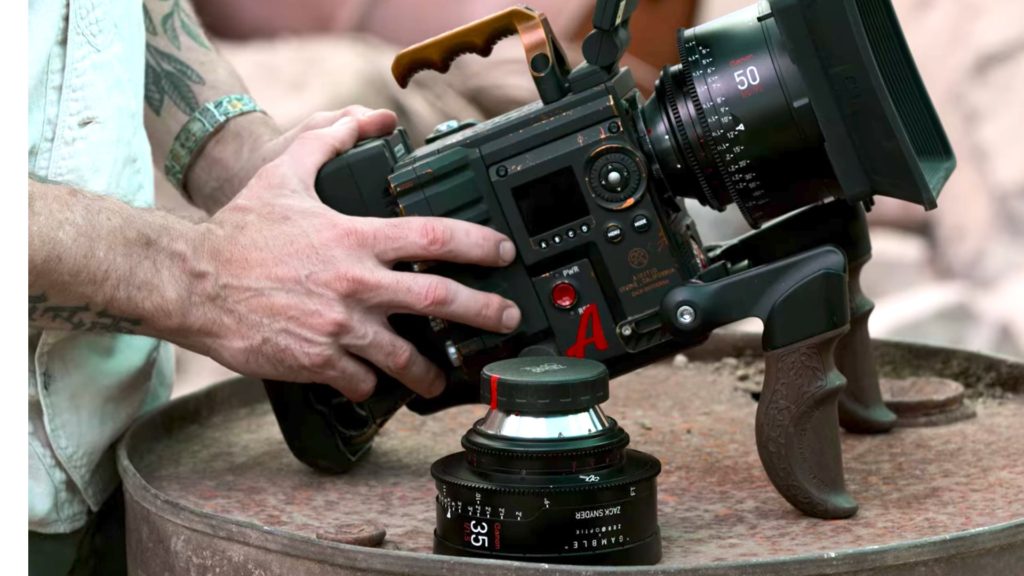
Canon Rangefinder combined with Vista Vision sensor
Army’s lenses, which are the Canon Rangefinders, defined as the “Dream Set” because of Canon 50mm f0.95 “Dream Lens“ made in the sixties, which is the heart and soul of this set. That lens got its nickname because of the unique, beautiful, dreamy character it delivers when shot wide open, at its super-fast f-stop of f0.95. This glass is responsible for that ultra-shallow depth of field, strong reflection of light, and crazy blurred bokeh, which is dramatically enhanced when paired with a large sensor camera, like the one that was used to shoot Army (RED Monstro Vista Vision 8K).
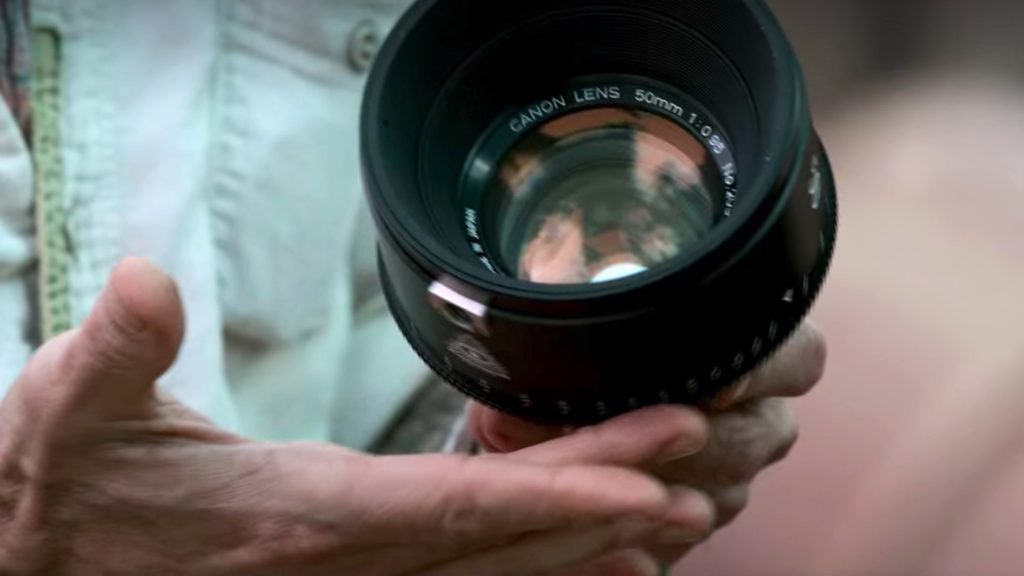
Zack wanted to be involved in the heart of the art, beyond just directing and giving orders…That bravery caused some decent amount of peevishness from the crowd, but it was his call.
Breaking the boundaries of conventional cinematography
Army is the first movie that Zack was shot with a digital camera: “Whatever movie you make, you should make it as if there’s no chance you’ll make another one. Your passion and your dedication need to reflect that point of view. There are no production constraints on you and your drawing. Army of the Dead is the first movie I shot with a digital camera. That’s a beautiful thing. This is all I’ve got and I’m gonna do it all the way” Zack said to an interview with Netflix. Indeed, Zack went all the way with that new digital toy stitched to him by RED Digital Cinema. Zack wanted to break the boundaries of conventional cinematography, by knowing that not all viewers will like it. BTW, by analyzing the RED Monstro setup, follow focus was not revealed. If so, Zack didn’t use a focus puller and did all the focusing by himself. Take a look at the BTS footage in this article. There’s no follow focus in there. But I might be wrong on this one.
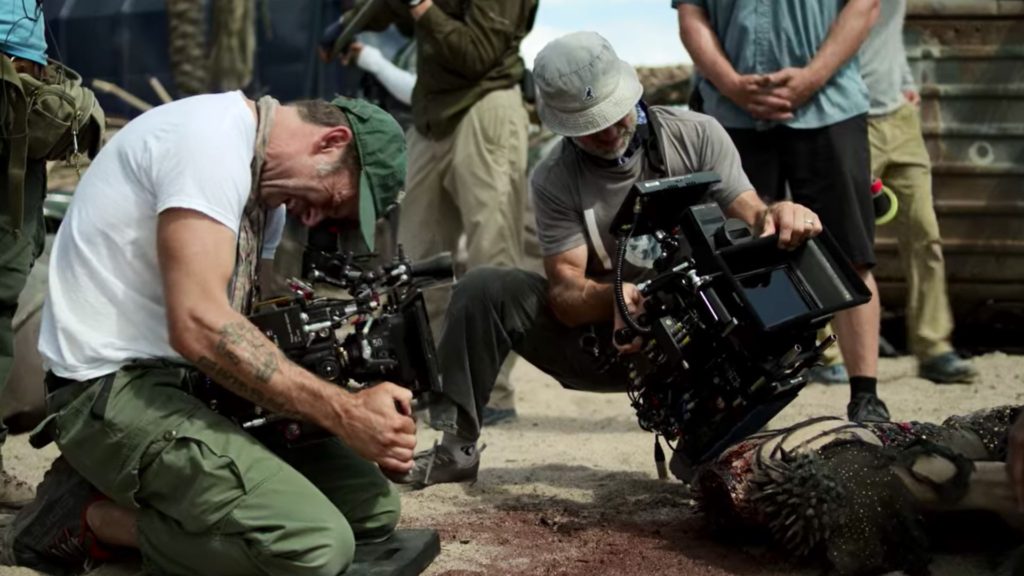
The line between art and artifact
Good filmmaking is brave filmmaking. A true artist should not hesitate of making mistakes, and trying new unconventional approaches, even if they will not be accepted by the mainstream audiences. That concept characterizes Army. Zack wanted to be involved in the heart of the art, beyond just directing and giving orders, but to dive deep into the making, generating more intimacy with the objects, and enhancing the impact of the creative process. That bravery caused some decent amount of peevishness from the crowd, but it was his call. Nevertheless, others may love that unique look, which has transformed into a stamp that characterized Army. The audience needs to understand and ingest the amount of energy, dedication, and bravery involved in the execution of Army.
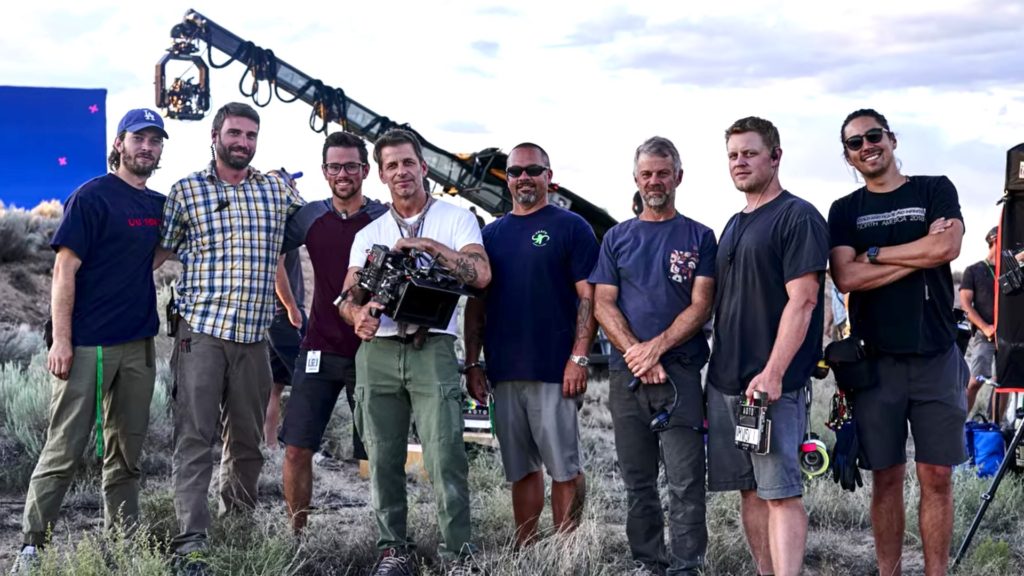
Final thoughts
Personally, I liked the movie. I was not distracted by the blurry look, since I knew where it comes from, and the point of it. In fact, as a filmmaker, I’ll be more than happy to try and implement that methodology (shooting entirely wide open) in my future projects. Furthermore, I think it’s time for us, filmmakers, to start checking out those old-not-so-perfect lenses and try them in an artistic manner. It’s not written in any cinematography book that your images must look polished, precise, and sharp. Perhaps your images will not be considered as mainstream, but eventually, you’ll be privileged to create a different art-form, just like ‘Army of the Dead’.
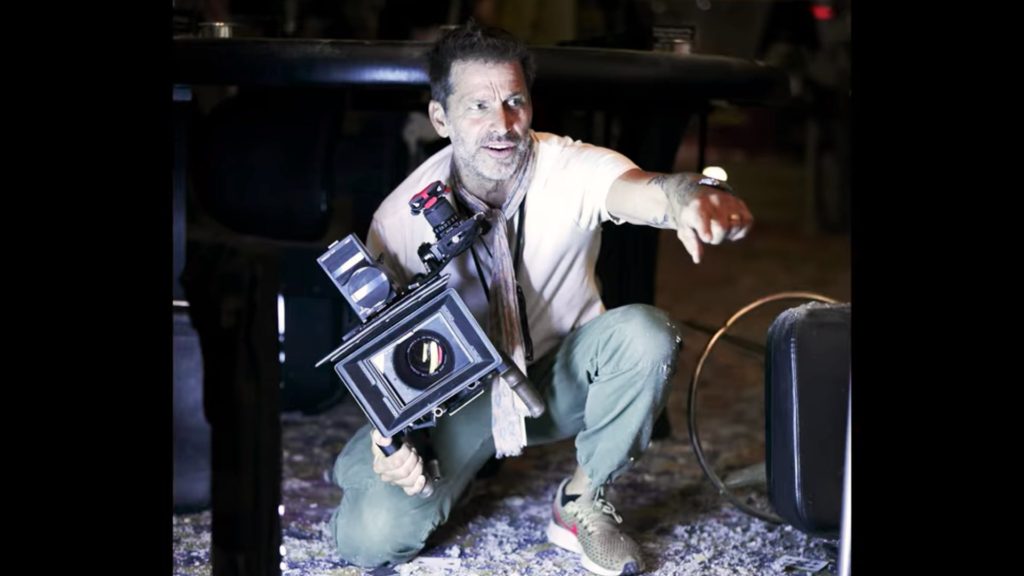
Have you watched Army? What’re your thoughts about Snyder’s cinematography? Do you love it or do you hate it? Feel free to comment below.


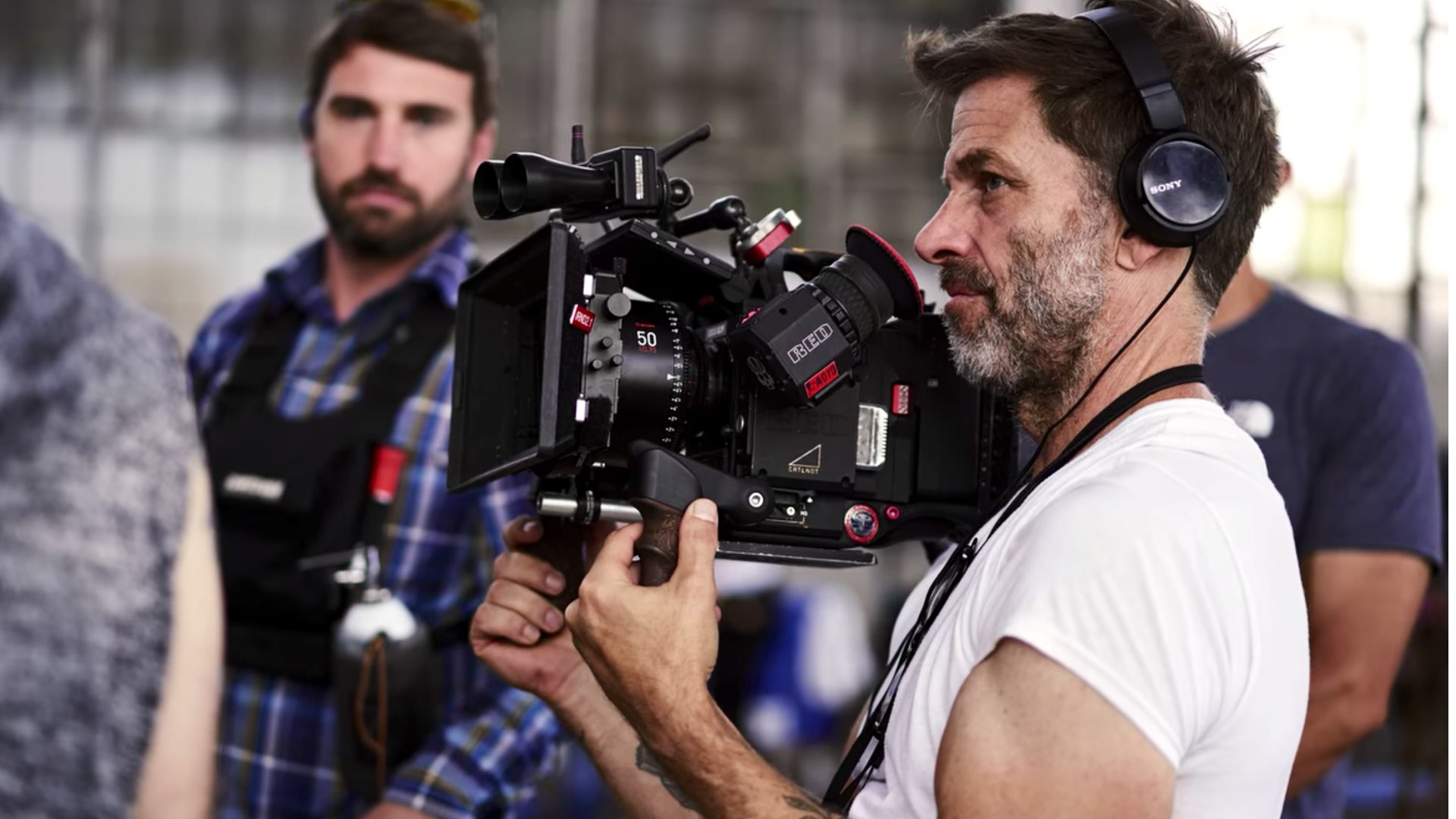
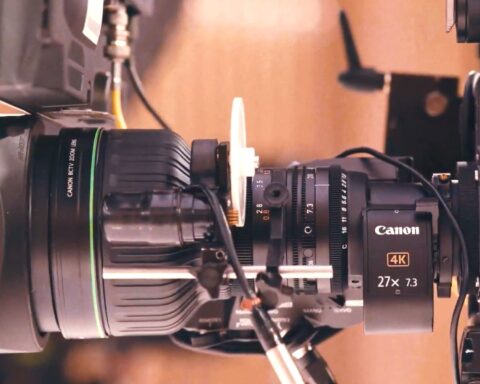
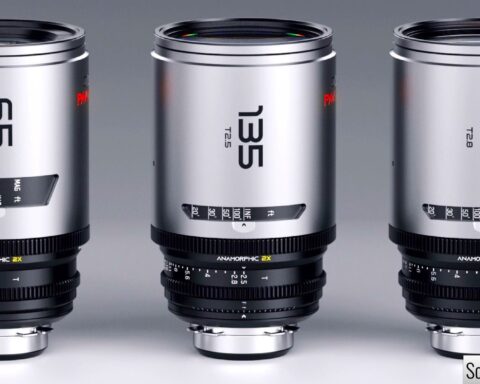


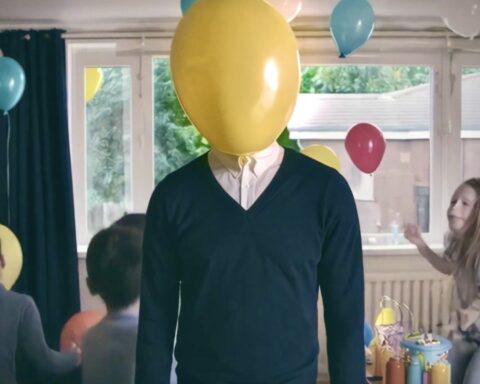


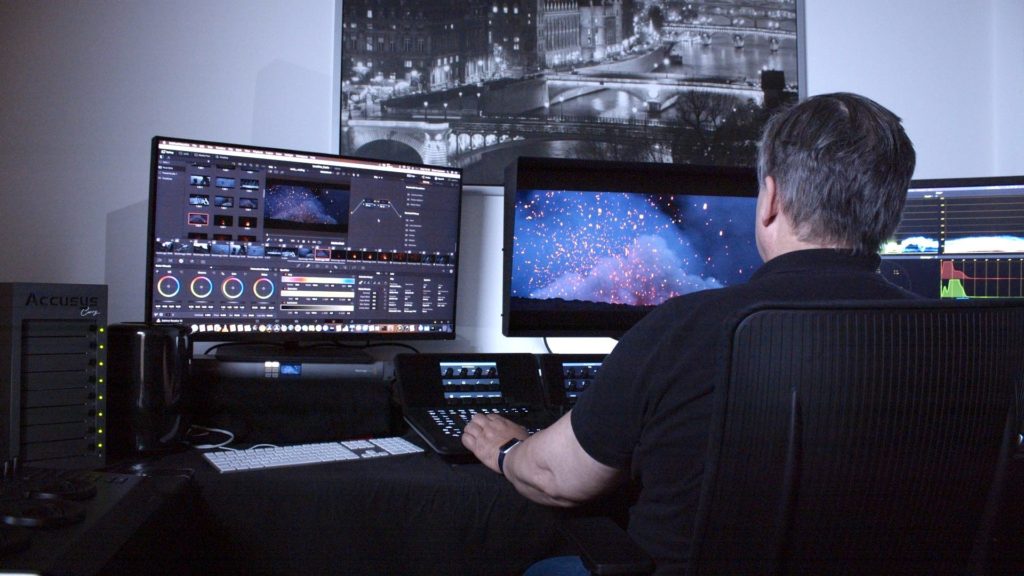
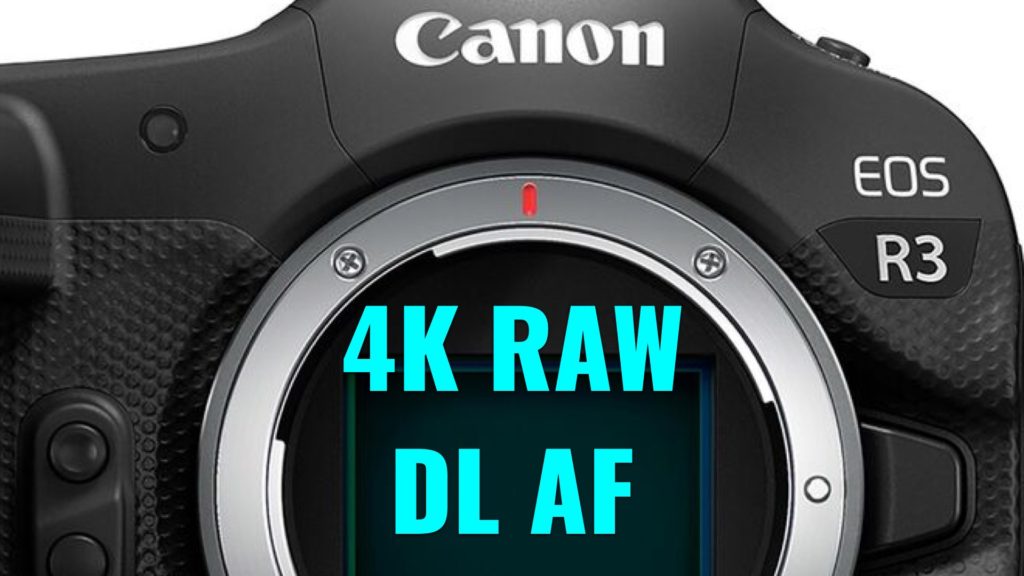




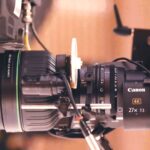
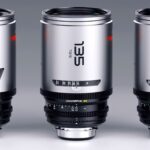
I was totally blown away by the cinematography and the film as a whole. One of the best movies ever made. Best camera work of any film Ive seen in many years. This strong depth of field / bokeh look + maximum light absorbing lens should be used on all his future films. It paired with the bright scorching sun desert staging of Vegas was superb. Open aperture plus already bight landscapes/staging is a magic recipe. This guy should be funded to make 10 movies per year! Get a clue producers! Zach is your ticket to the stratosphere. Stop funding snowflakes and lame overly drawn out TV series. and just do it. Also loved storyline, invested in the heros and loved to hate the undeserved biotch who won out in the end. Didn’t expect that the biotch would even make it out alive. Wish the french femme hero didnt die so we could see her in a sequel but maybe we’ll see many of these actors in his future films.